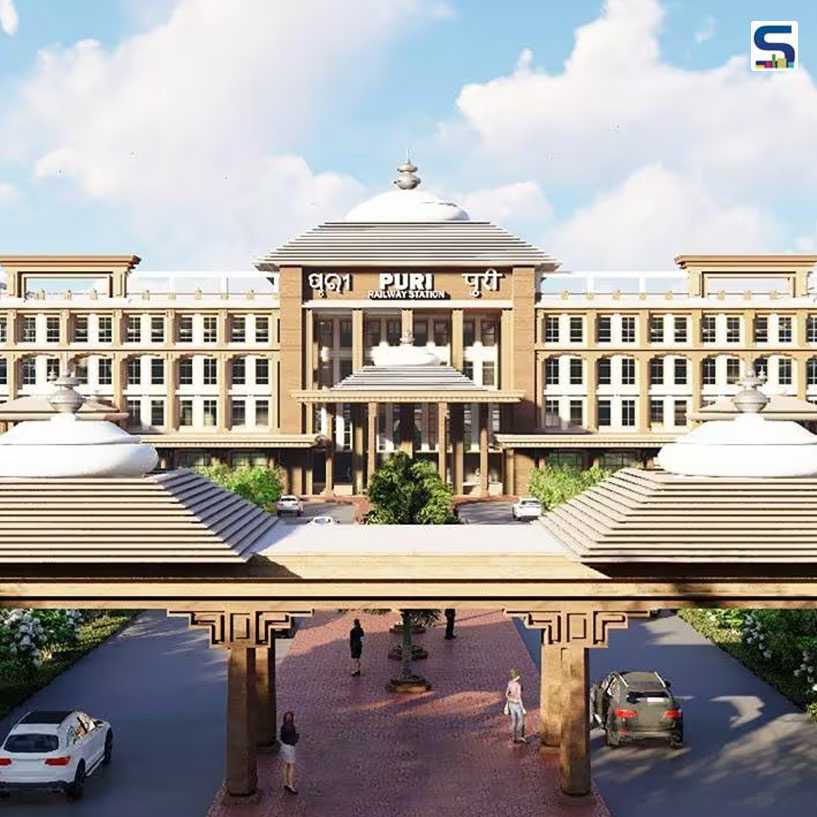
The newly renovated Puri railway station is being transformed into a remarkable blend of tradition and modernity. Inspired by the famous Jagannath Temple, this project, led by Rath Architectonic, aims to seamlessly combine ancient Kalinga architecture from the fourth century BC with modern conveniences for passengers. It's set to become a symbol of architectural excellence.
Designed by Manonjaya Rath and Prateek Rath, the construction is entrusted to B C Bhuyan Constructions Private Limited. The heart of this redevelopment lies in the homage paid to Kalinga architecture, as exemplified by the revered Jagannath Temple. Prateek Rath of Rath Architectonic explains,
Manonjaya Rath and Prateek Rath are the designers, and B C Bhuyan Constructions Private Limited is responsible for building it. The main focus of this redevelopment is to honor Kalinga architecture, as seen in the revered Jagannath Temple. Prateek Rath from Rath Architectonic clarifies, "The exterior of the station will reflect the living legacy of the Kalinga style, echoing the iconic temple's architectural essence."
Construction Milestones
Awarded the redevelopment contract in July 2022, Rath Architectonic initiated construction in January 2023, with a targeted completion date of July the following year. Manonjaya Rath elaborates on the architectural nuances, stating, "The design mirrors the 'deula' concept at the entrance and 'jagmohan' in the expansive concourse at the rear."
Materials and Craftsmanship
Drawing inspiration from Kalinga temple architecture, the station integrates locally sourced materials and natural stones, reminiscent of the intricate sculptures and carvings found in the ancient temples. The design pays homage to the historical use of sandstone, granite, and laterite, creating an aesthetic link between past and present.
Future-Ready Infrastructure
Prateek Rath envisions the station as a monument designed to withstand the test of time, with a forward-looking perspective on passenger footfall. The redevelopment aims to accommodate a projected 40,000 daily passengers by 2060-65, ensuring world-class amenities across three floors. These amenities range from easy access and ample parking to energy-efficient architecture and state-of-the-art ticketing facilities.
Safety and Sustainability
Given the station's proximity to the sea and susceptibility to cyclones, the architects faced the challenge of integrating structural safety with a desire for natural light. Prateek Rath assures that the station is engineered to withstand winds of up to 250 to 300 kmph, creating a balance between safety and aesthetics with strategic use of glass walls.